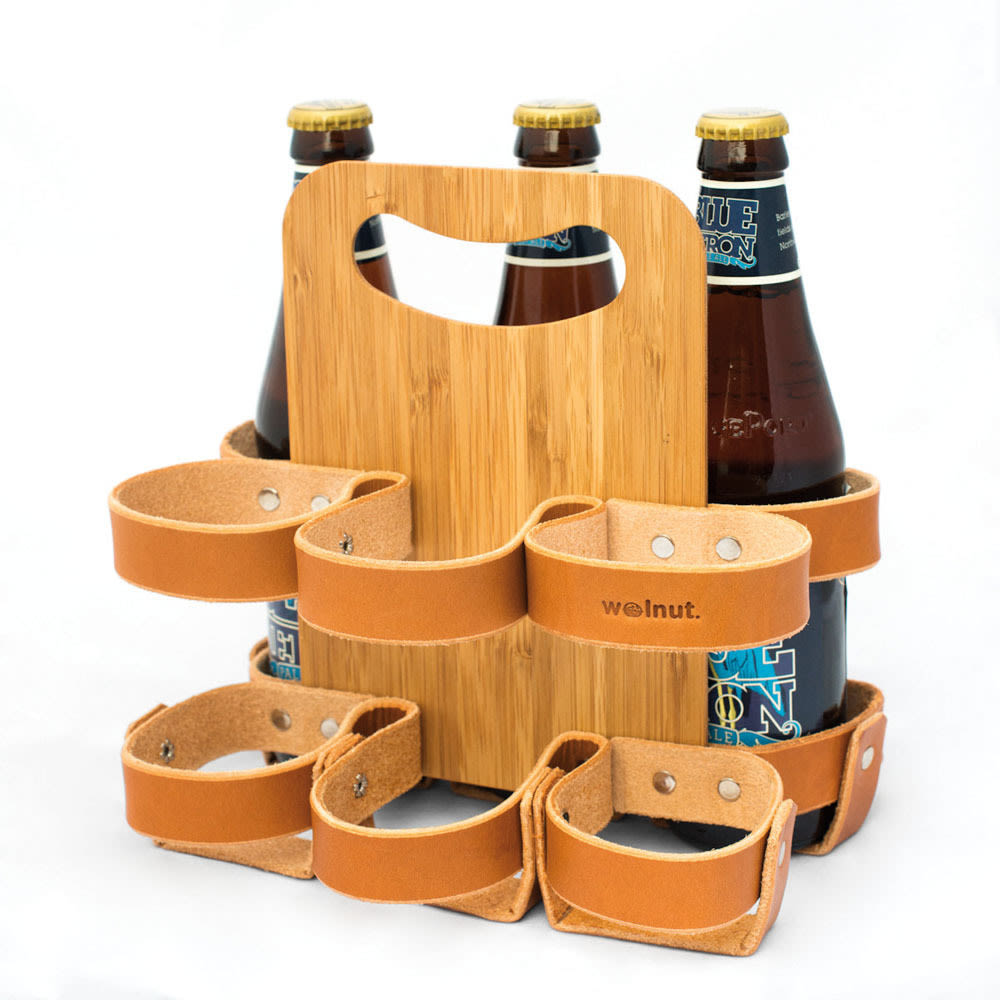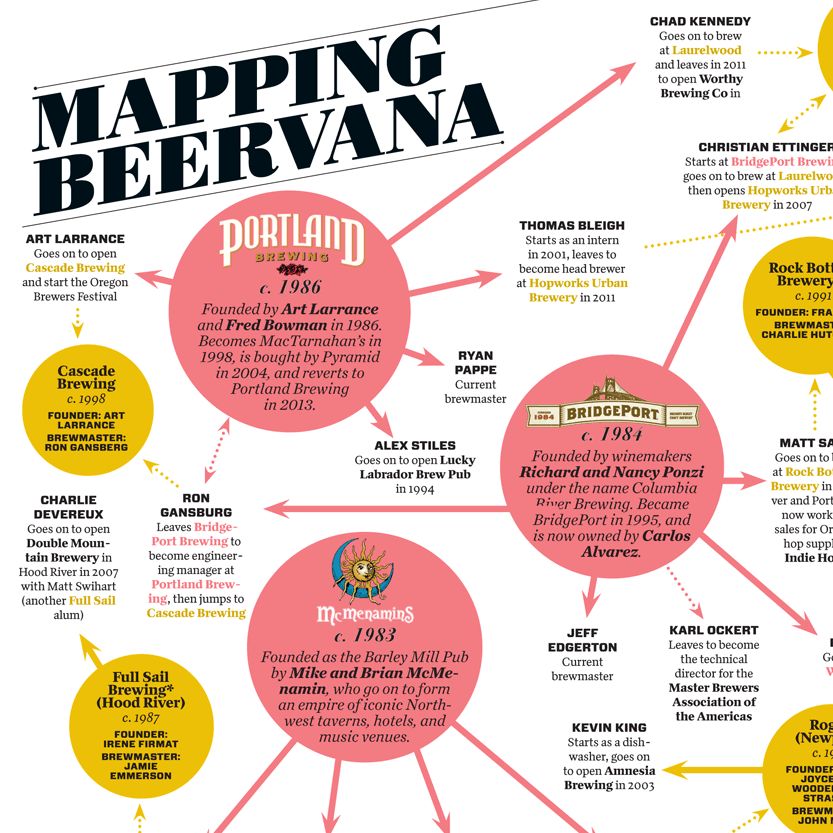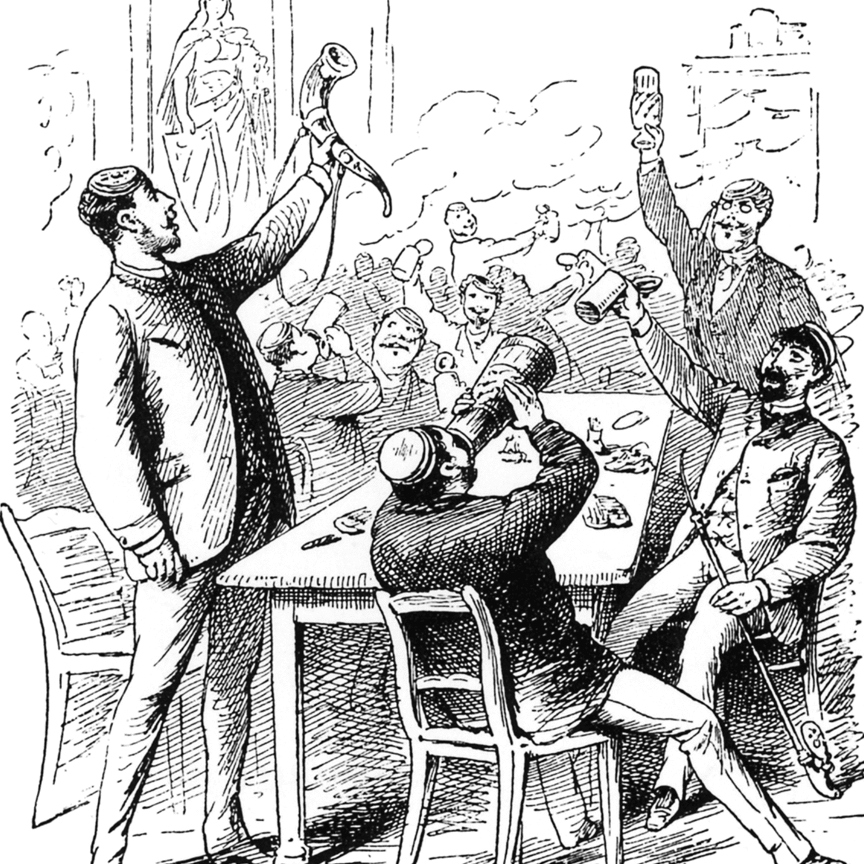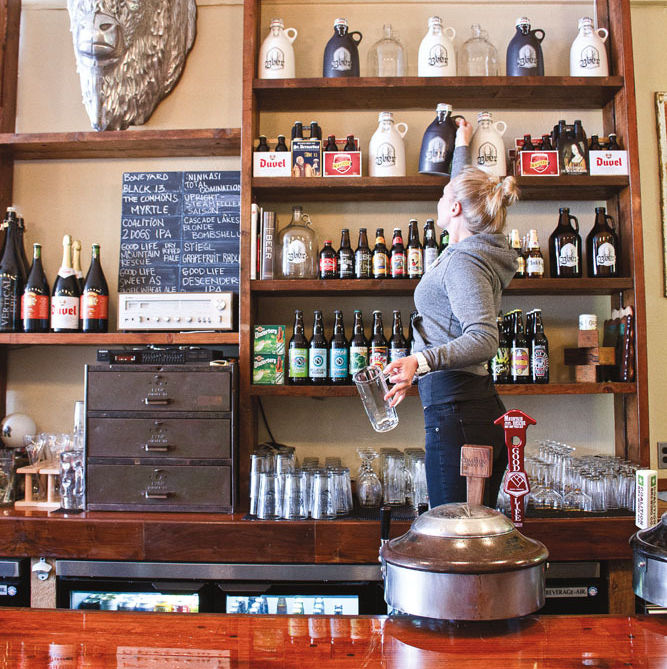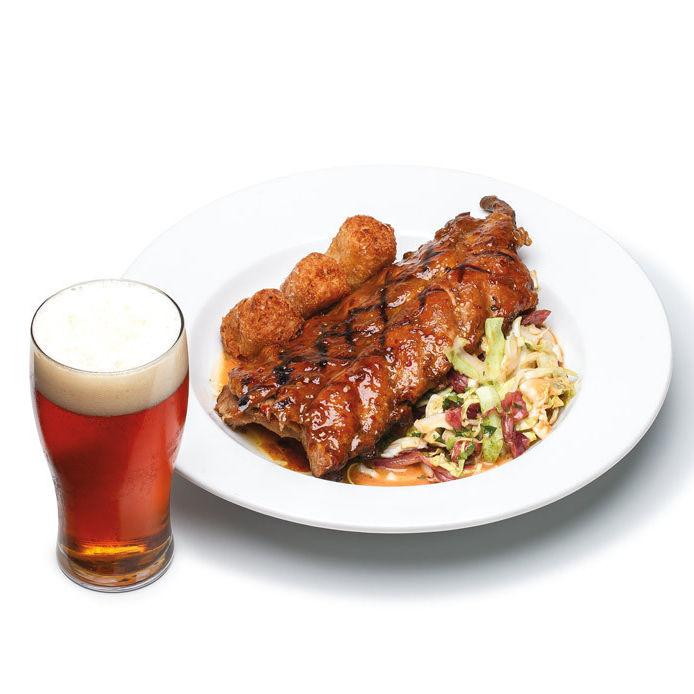How to Taste Beer like a Pro
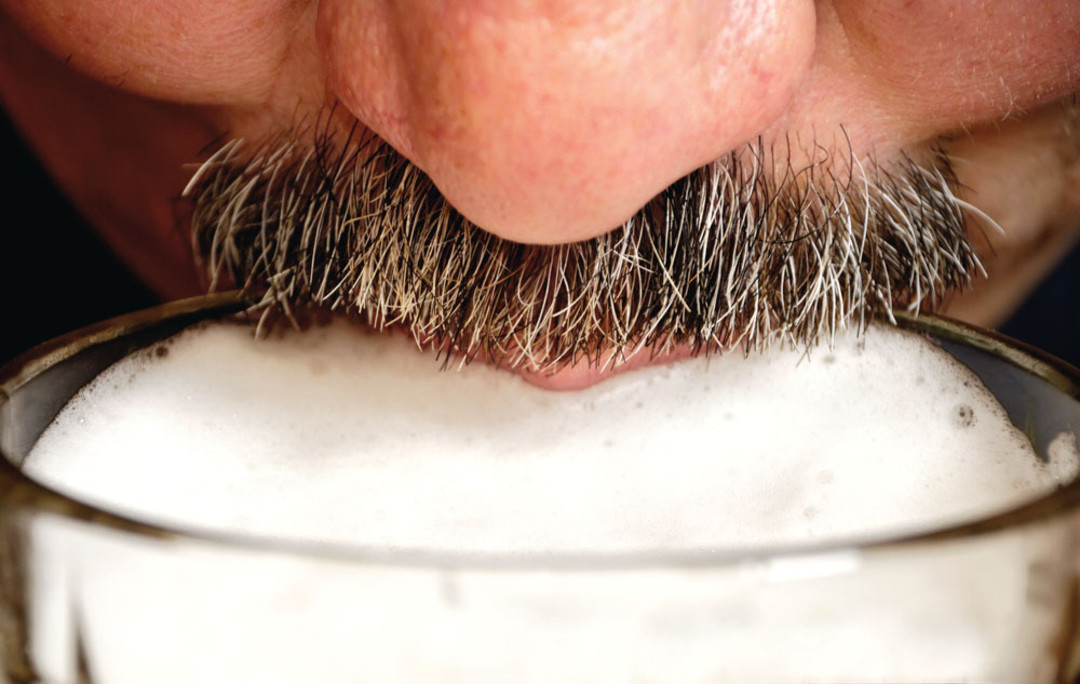
Image: Courtesy Shutterstock
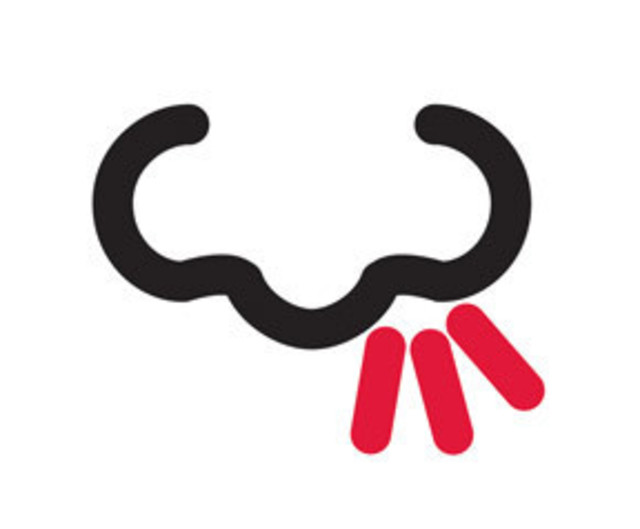
1. Aroma
Don’t be shy. Give it a swirl and get on in there with your schnozz—it’ll help you detect (and enjoy) the flavors when you take a swig. Generally, you’re smelling for nuances within three categories: malt, hops, and yeast. Malt aromas can range from grains and corn (American lagers) to roasted coffee or dark chocolate (stouts). Hops are generally citrusy, floral, or grassy, while yeast can smell either fruity or sulfurous.

2. Appearance
Give that pint a good up-and-down and assess its hue. Is it a crystal-clear yellow (American lager)? Hazy and straw-colored (hefeweizen)? Coppery (amber)? Pitch black with garnet highlights (stout)? Next, direct your attention to the head, which can range from pure white to tan to brown, from light and foamy to dense and creamy.
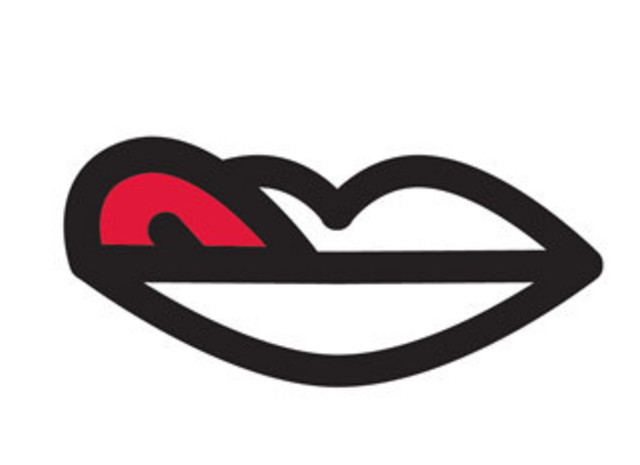
3. Flavor
OK, it’s time engage the taste buds. Take three sips before passing any snap judgments: the first cleanses the palate, the second starts to break it in, and the third gives you the full flavor experience. Ponder the malt (sweet) and hop (bitter) profiles, and the level of acidity. Assess the subtle notes coming through, and start trying to name them: corn, cloves, fruit, caramel, coffee, molasses, biscuits, nuts, chocolate, oak ... it’s all fair game!
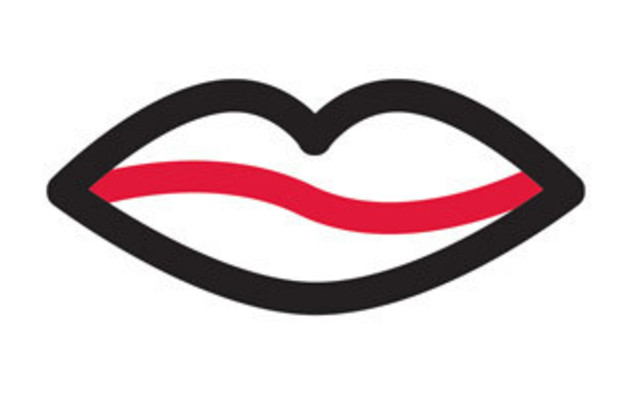
4. Mouthfeel
That’s right: mouthfeel. Fun to say, fun to explore. This is where you swish beer around in your mouth, roll it over your tongue, and look like a lunatic in the name of tasting. Beer can have a wide range of textures, from silky and dry to thick and chewy (yup, that’s one of our favorites) or thin and fizzy—and everything in between.

5. Finish
What lingers after you swallow? Bitterness? Sweetness? Disappointment? Delusions of grandeur? Think it through, decide whether you’re up for another, and proceed!
